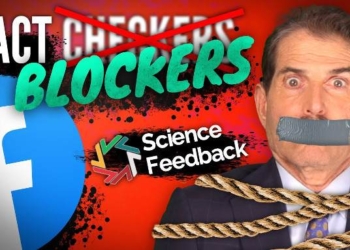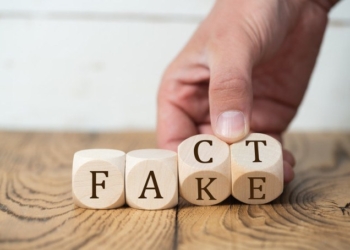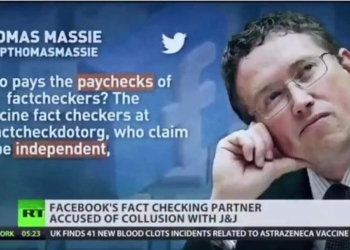
Over the past decade, there has been a troubling rise in the amount of teenagers diagnosed with mental health issues such as depression or anxiety. For example, a recent Johns Hopkins study concluded that the rate of US adolescents suffering from clinical depression increased an astounding 37 percent between 2005 and 2014.
Moreover, an estimated 3 million American adolescents between the age of 12-17 experienced at least one major depressive episode in 2016, according to The National Institute of Mental Health. And this is hardly a trend isolated to the US. One in eight people under the age of 19 in England are living with a mental health disorder, according to 2017 NHS statistics. All of this data indicates that today’s teenagers are dealing with depression, anxiety, and other mental health issues more frequently than in the past. So, why is this happening?
Changing experiences
The answer, as always, tends to be a complicated one. First of all, it is important to remember that being a teenager has never been easy, regardless of the time period. Teenage years are an awkward time for many of us. During high school, adolescents are expected to decide on their career path and ultimately the rest of their life, all while growing into their bodies, making friends, and establishing an identity.
So what has changed over the past ten to fifteen years that is causing more and more teenagers to experience mental health problems? Many doctors and treatment centers for teenagers are pointing to a correlation between the rise of social media platforms such as Twitter and Instagram and the decline in adolescents’ overall mental health. Let’s take a look at how social media may be impacting the mental health of teenagers.
Cyberbullying
Let’s fact it, teenagers can be cruel to each other. We’ve all experienced it, and if you haven’t, chances are you’ve at least seen it happening to someone else. Bullying and teasing is a common occurrence in high schools everywhere, and these negative interactions often happen outside the classroom as well; bus rides, after school events, and parties are all social situations that can result in bullying.
Up until the advent of the internet and platforms like Facebook, teenagers could at least take a break from the constant social interaction of high school at home. Social media has changed all of that by allowing classmates and peers to interact with each other on a 24/7 basis.
Many teenagers put a lot of stock into their online reputation, whether that be their number of “friends”, likes, followers, etc. This dependence on social media validation also opened the door for rampant cyberbullying to occur. Imagine constantly receiving notifications or alerts about all of the negative remarks being said about you; this is what modern teenagers experiencing online bullying have to deal with.
It's one thing to hear a ‘he said, she said’ rumor in passing about yourself in the halls between classes or at a party, but social media’s ability to quickly spread hateful comments and rumors has added a new dimension to bullying that older generations simply did not experience.
Constant comparisons
The recent rise of social media “influencers” and celebrities has led to many teenagers feeling like they are unattractive, out of shape, and not as likable in comparison. These influencers are constantly posting images and videos of themselves posing in attractive lighting, looking care free, and in many cases enjoying expensive or fancy food, services, or other products.
Many adolescents, in turn, try and mimic this behavior in an attempt to see their own likes and followers increase. The result is a constant game of one-upmanship on platforms like Instagram, ultimately leading to unrealistic depictions of everyday life that no one can actually live up to.
The importance of communication
It is essential to talk to adolescents about the effect social media may be having on their mental health and self perception, and it's never too early, or too late, to have that conversation. If you or a loved one is dealing with mental health issues, there are a number of different ways to get help. There are always hotlines available, and numerous treatment centers as well.
While many teenage treatment centers have a reputation for being expensive, that isn’t always the case. Nowadays there are plenty of affordable treatment options; it’s not just lawyers and high end realtors sending their loved ones to seek help from a trained professional.
Image source: 123rf.com















![Everything You Ever Wanted to Know About 9/11 Conspiracy Theory in Under 5 Minutes [VIDEO] | by James Corbett](https://consciouslifenews.com/wp-content/uploads/2018/09/911-a-conspiracy-theory-120x86.jpg)
